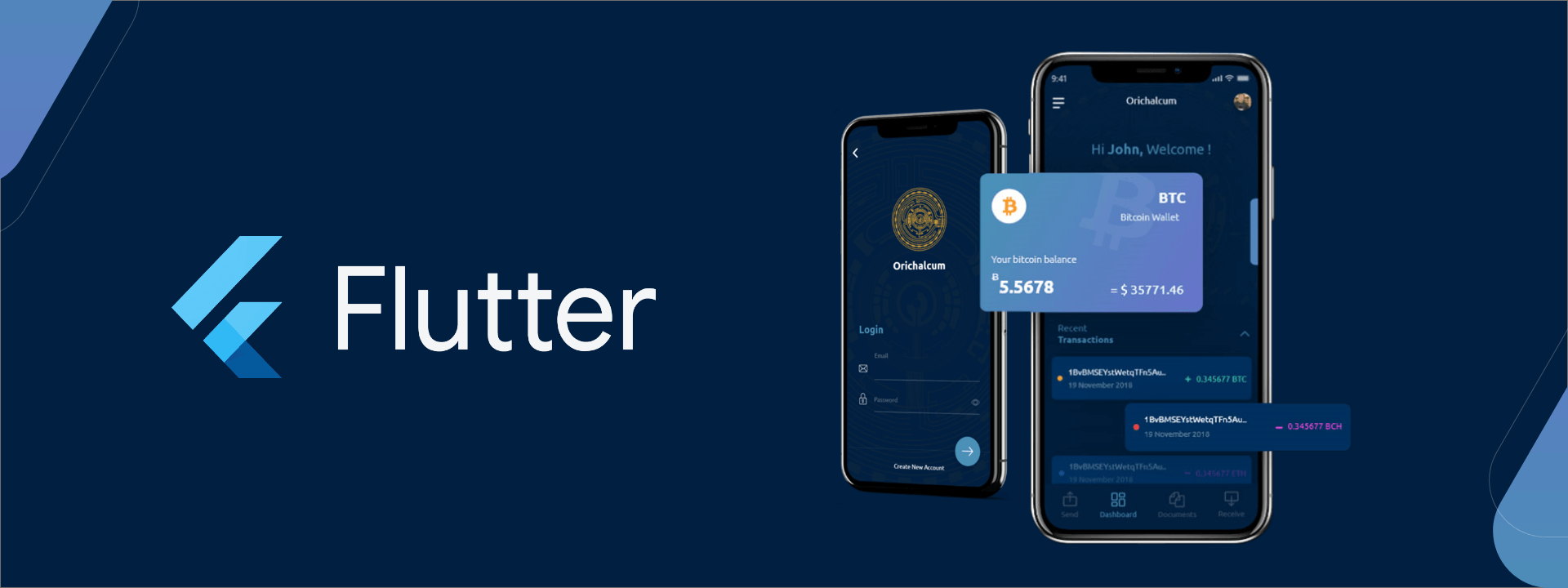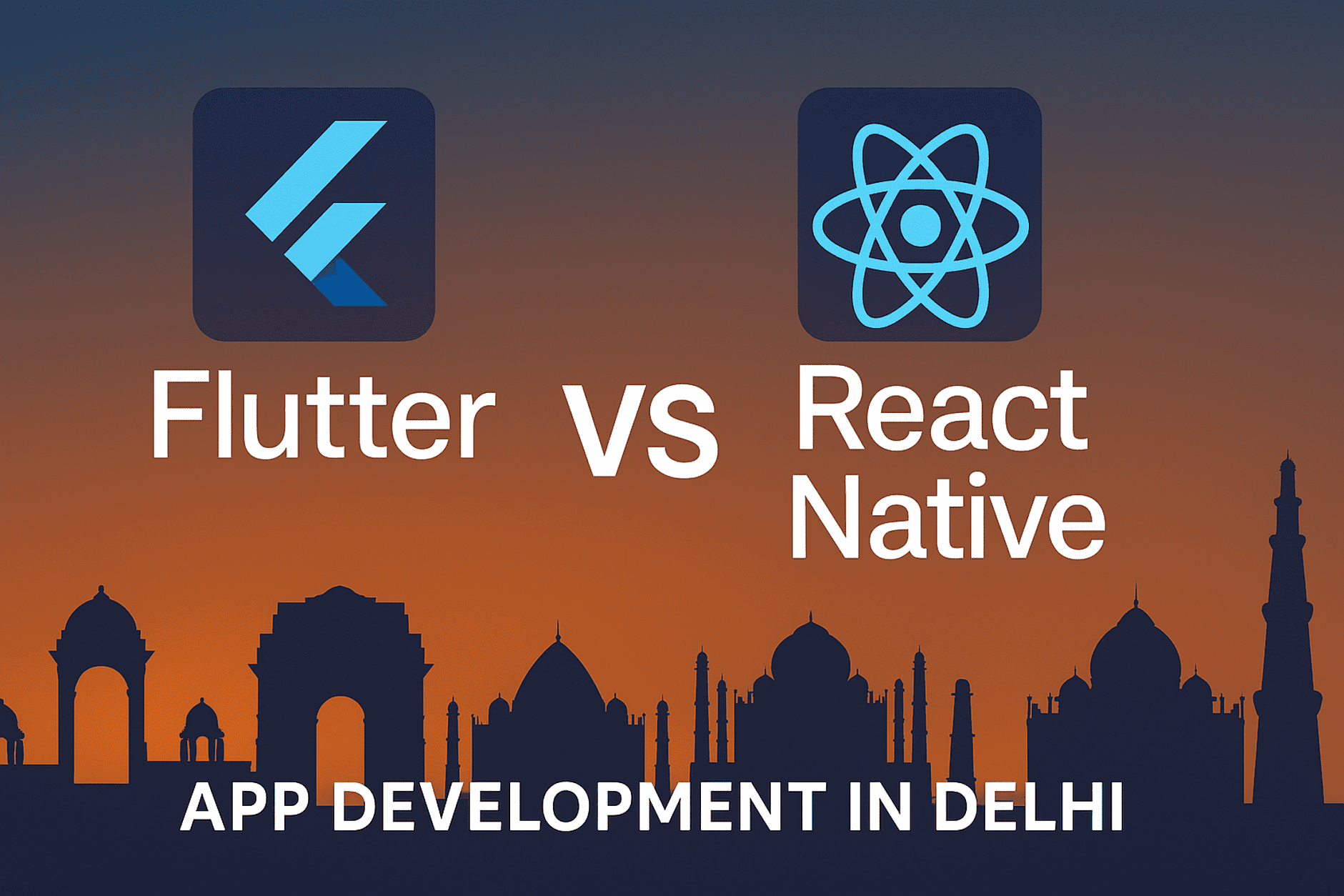
Widgets: Flutter uses widgets as the basic building blocks of UI elements. Widgets can be arranged in a tree-like structure, which makes it easy to create complex layouts and custom designs.
Dart Programming Language: Flutter uses Dart as its programming language. Dart is an object-oriented language with features like garbage collection, just-in-time (JIT) compilation, and ahead-of-time (AOT) compilation.
Hot Reload: Flutter's hot reload feature allows developers to see changes in real-time as they make modifications to the code. This enables fast iteration and development cycles, and can save time and effort.
Material Design and Cupertino Widgets: Flutter includes both Material Design widgets and Cupertino widgets. Material Design widgets follow Google's design guidelines, while Cupertino widgets mimic Apple's iOS design.
State Management: Flutter provides a range of state management solutions, including setState(), InheritedWidget, Provider, and Bloc, to manage the state of widgets and keep the app's UI in sync with the data.
Plugins: Flutter has a large and growing ecosystem of plugins, which can be used to add functionality to the app. These plugins can be used to access device-specific features, integrate with APIs, or use third-party services.
Testing: Flutter provides a range of testing tools, including unit testing, widget testing, and integration testing, to ensure the app is functional and reliable.
Flutter Widgets Framework: Flutter's widget framework allows developers to create custom widgets that can be easily composed and reused across the app.
Animation: Flutter provides a powerful animation framework, which allows developers to create rich and dynamic animations with ease. Animations can be used to enhance the user experience and create engaging app interactions.
Responsive Design: Flutter enables developers to create responsive app designs that can adapt to different screen sizes and orientations, using features like layout constraints and media queries.
Internationalization: Flutter provides built-in support for internationalization, allowing developers to create apps that can be easily translated and localized for different languages and regions.
Dart DevTools: Dart DevTools is a suite of tools that provides developers with insights into app performance, debugging, and profiling. It includes features like memory and CPU profiling, network traffic inspection, and performance metrics.
Integration with other technologies: Flutter can be integrated with other technologies such as Firebase, GraphQL, and REST APIs. This allows developers to build complex apps that can communicate with server-side components and store data.
Cross-platform development: With Flutter, developers can build apps that run on multiple platforms, such as Android, iOS, web, desktop, and even embedded systems. This makes it a popular choice for developing cross-platform applications.
Customization: Flutter provides developers with a high degree of customization options. Developers can create custom widgets, themes, and animations that are unique to their app's design and branding.
Performance: Flutter's performance is highly optimized, thanks to features like AOT compilation, which allows for faster startup times, and a highly efficient rendering engine, which provides smooth animations and transitions.
Community Support: Flutter has a large and active community of developers who provide support, share knowledge, and contribute to open-source packages and plugins. This makes it easy for developers to find answers to their questions and collaborate with others.
Learning curve: Although Flutter is relatively easy to learn, it does require some prior knowledge of programming concepts like object-oriented programming, widgets, and state management. However, once developers are familiar with these concepts, they can quickly start building apps with Flutter.
 Flutter vs React Native App Development in Delhi | Oprezo India Comparison 2025
Flutter vs React Native App Development in Delhi | Oprezo India Comparison 2025
.png) Top 20 Mobile App Development Companies in Delhi NCR (2025 List)
Top 20 Mobile App Development Companies in Delhi NCR (2025 List)
--oprezo-india.png) Best Mobile App Development Company in Delhi NCR (2025 Guide) – Oprezo India
Best Mobile App Development Company in Delhi NCR (2025 Guide) – Oprezo India
 Real Estate Web Development Services | Frontend, React, Angular, Web Solutions – Oprezo India
Real Estate Web Development Services | Frontend, React, Angular, Web Solutions – Oprezo India
 International Hardware Fair India 2025 | Dates, Highlights & Visitor Guide | Oprezo News
International Hardware Fair India 2025 | Dates, Highlights & Visitor Guide | Oprezo News